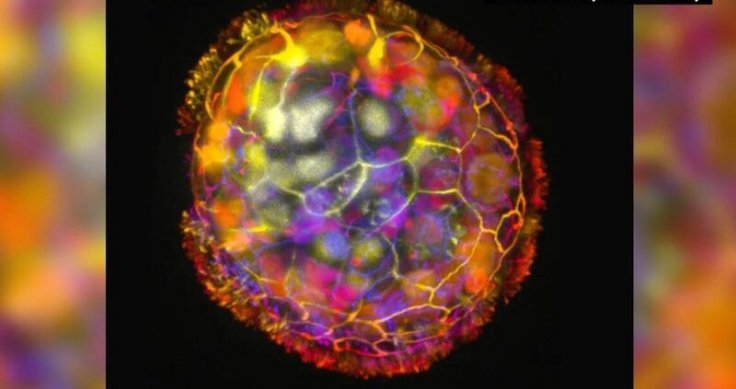Researchers from Tufts University in Massachusetts have unveiled the potential of microscopic robots, dubbed "anthrobots," constructed from human cells. The innovative technology holds promise for patrolling and healing diseased cells and tissues within the human body.

The anthrobots, created from human airway cells, demonstrated the ability to repair damage to brain cells in controlled laboratory conditions. Senior author Michael Levin, a professor of biology at Tufts, explained that these 'human robots' could pave the way for advanced medical interventions without the need for immunosuppressants typically required after organ transplants.
To construct the anthrobots, the research team, led by Levin, utilized samples of cells lining human lungs. They placed these cells into a controlled environment, prompting them to grow into clumps. Notably, the clumps developed cilia, tiny hairlike projections aiding their movement.
Unlike traditional methods involving genetic modification, the researchers opted for a non-invasive approach. Gizem Gumuskaya, the first author on the study, emphasized the importance of avoiding genetically modified organisms, especially when envisioning deployment within the human body.
The team's meticulous work revealed that the self-propelled anthrobots, when introduced into a simulated environment mimicking brain tissue, displayed remarkable capabilities. In an experiment with lab-grown brain cells, the anthrobots successfully facilitated the regrowth of nerve cells, bridging gaps created by a simulated wound.
This achievement builds on the team's prior research, where they developed using frog embryo cells. While the embryonic cells served as an excellent starting point, the use of human cells in anthrobots is crucial to prevent rejection within the human body.
Despite acknowledging that deploying anthrobots into humans is a distant goal, the researchers are optimistic about their potential role in precision medicine. The next phase of their research involves testing the anthrobots in tissue models representing human diseases like dementia, aiming to assess their efficacy in repairing damage.
The development of anthrobots marks a significant step forward in the field of medical science, offering a glimpse into a future where these microscopic healers may play a vital role in treating various diseases with precision and efficiency.









